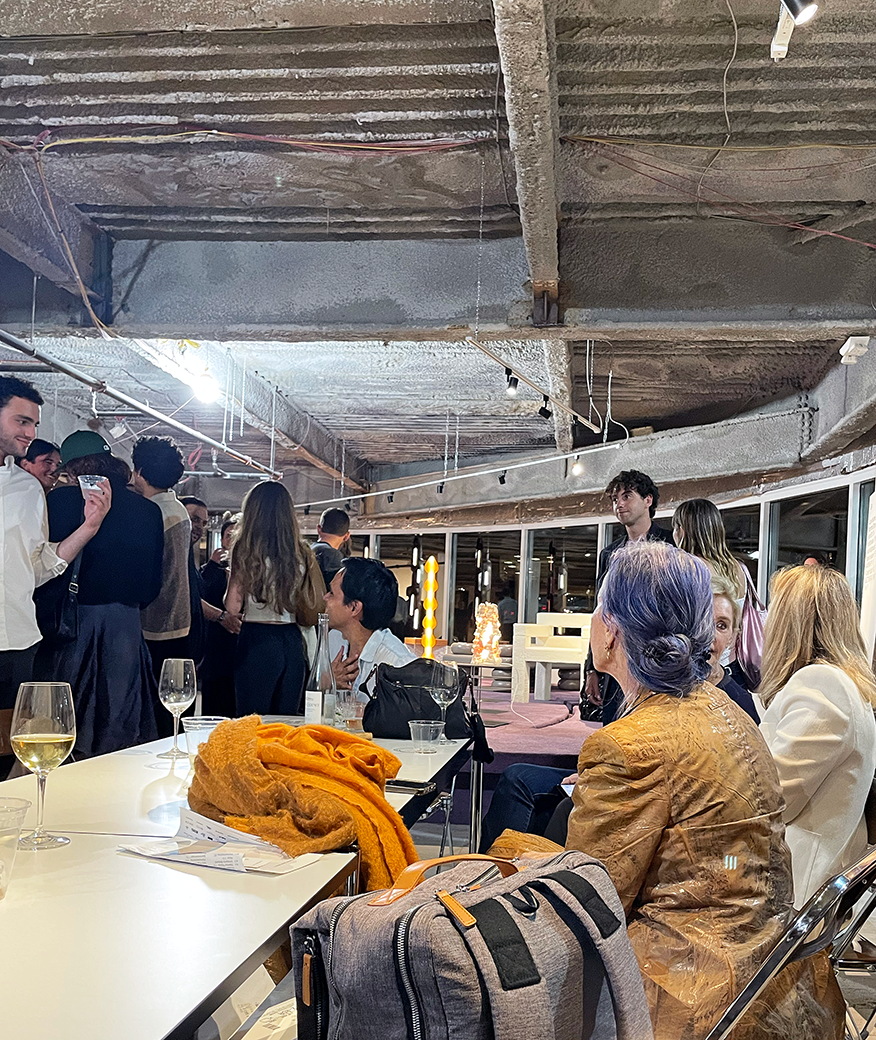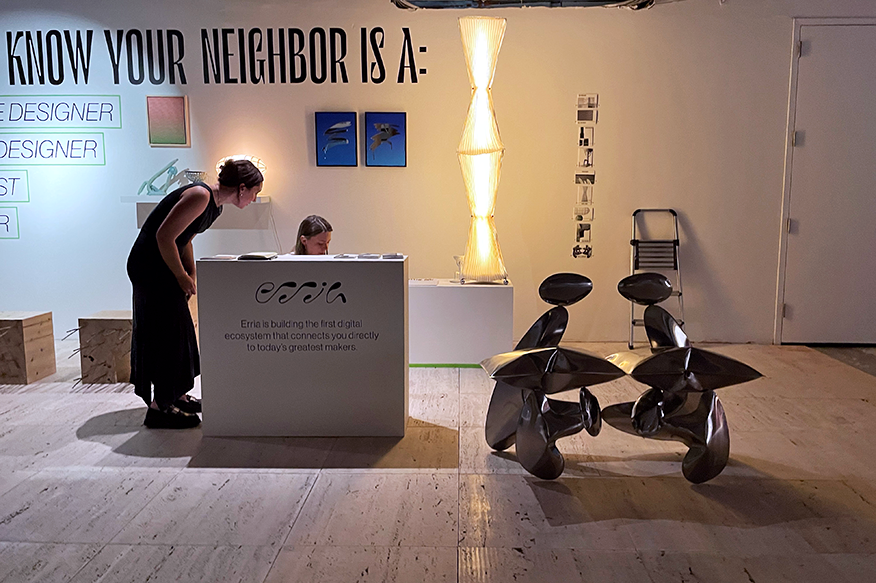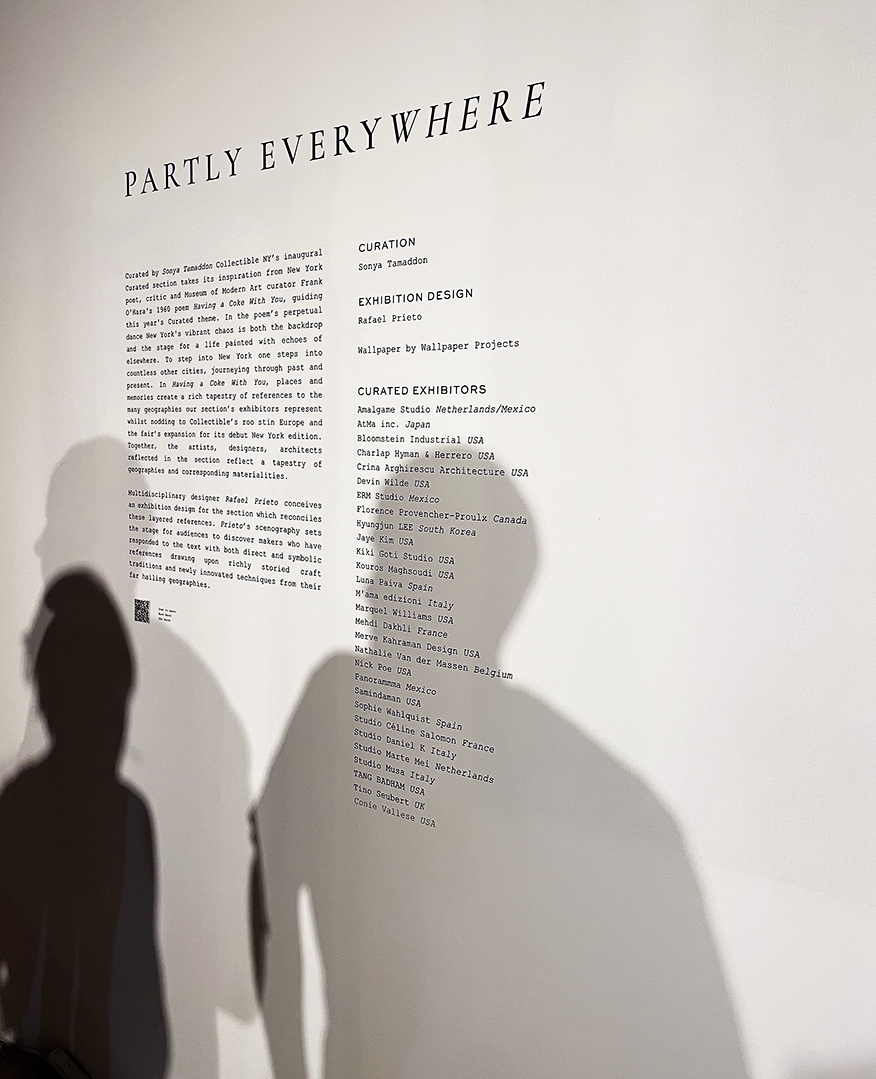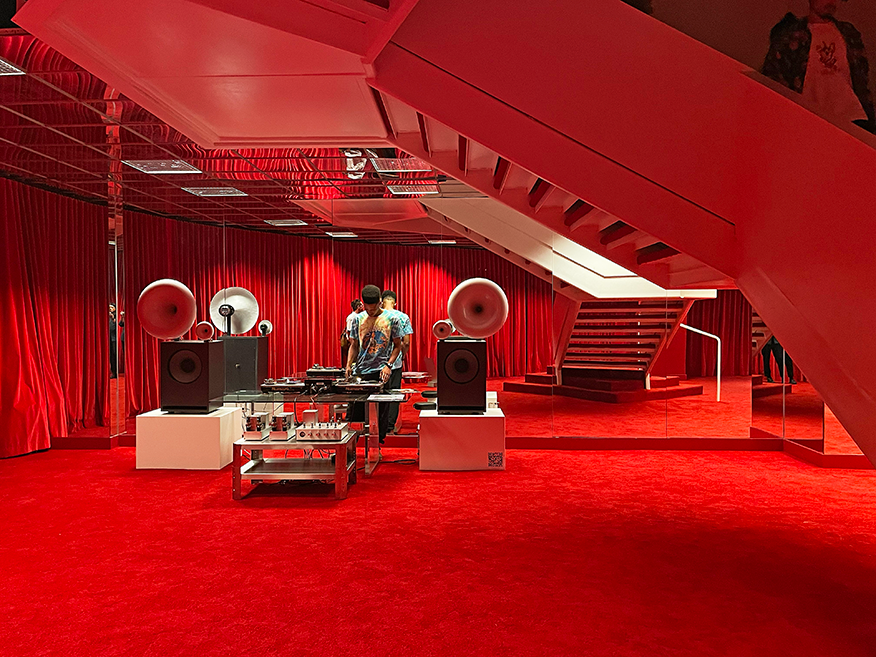Design, Seen and Heard
The who, what, and why of Collectible NYC
By: Alexandra Chaves
Red. The color hits you first and fast. It’s part of the stage setting for the DJ that plays visitors in and out of Collectible: dense red carpet and plush red curtains that sear the eye with color. The fair filled up two floors of Water Street Projects, a multi-use events space in New York City’s financial district. The exhibit halls had the dual identity of industrial space and office aesthetics replete with raw cement ceilings and exposed pipes, plus pseudo-marble floors and large glass windows.
At Collectible, unown space’s collection was exhibited alongside designers from around the world. In the main section, conversations in multiple languages, mostly French, Japanese, and English, filled the air. Young designers and artist-adjacent types turned up for the preview day, squealing praises and congratulations to each other and admiring the multitude of talent in the room.
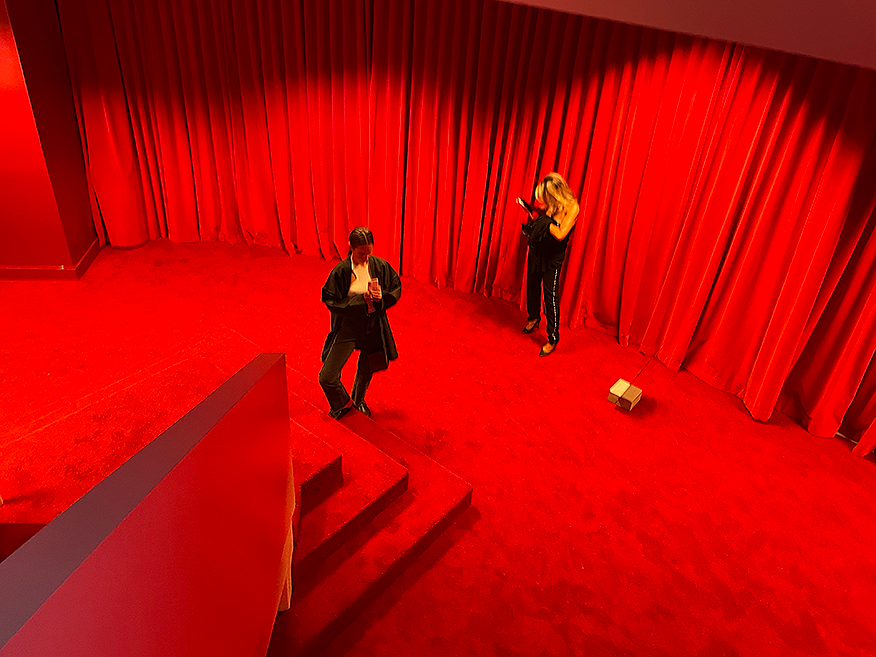
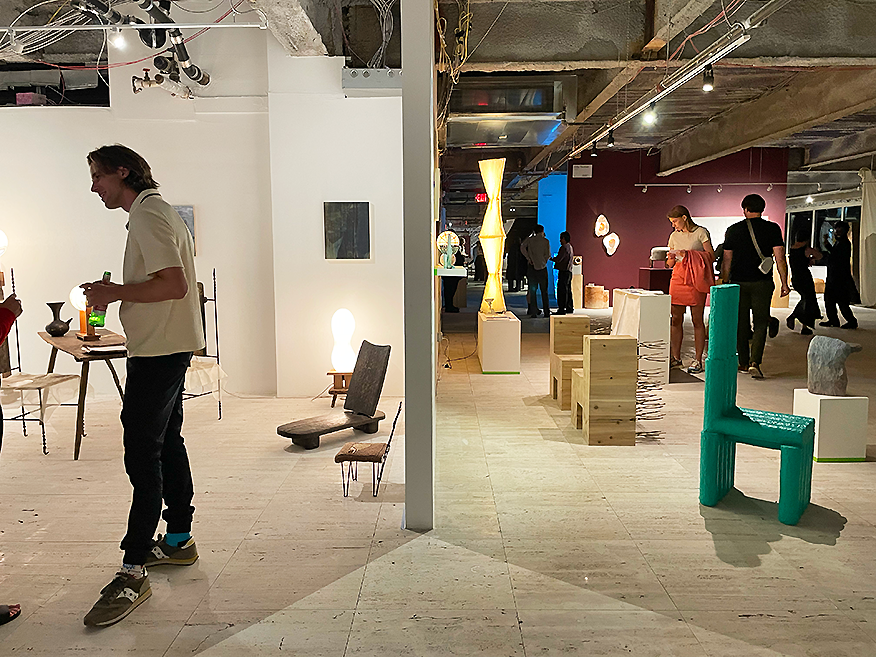
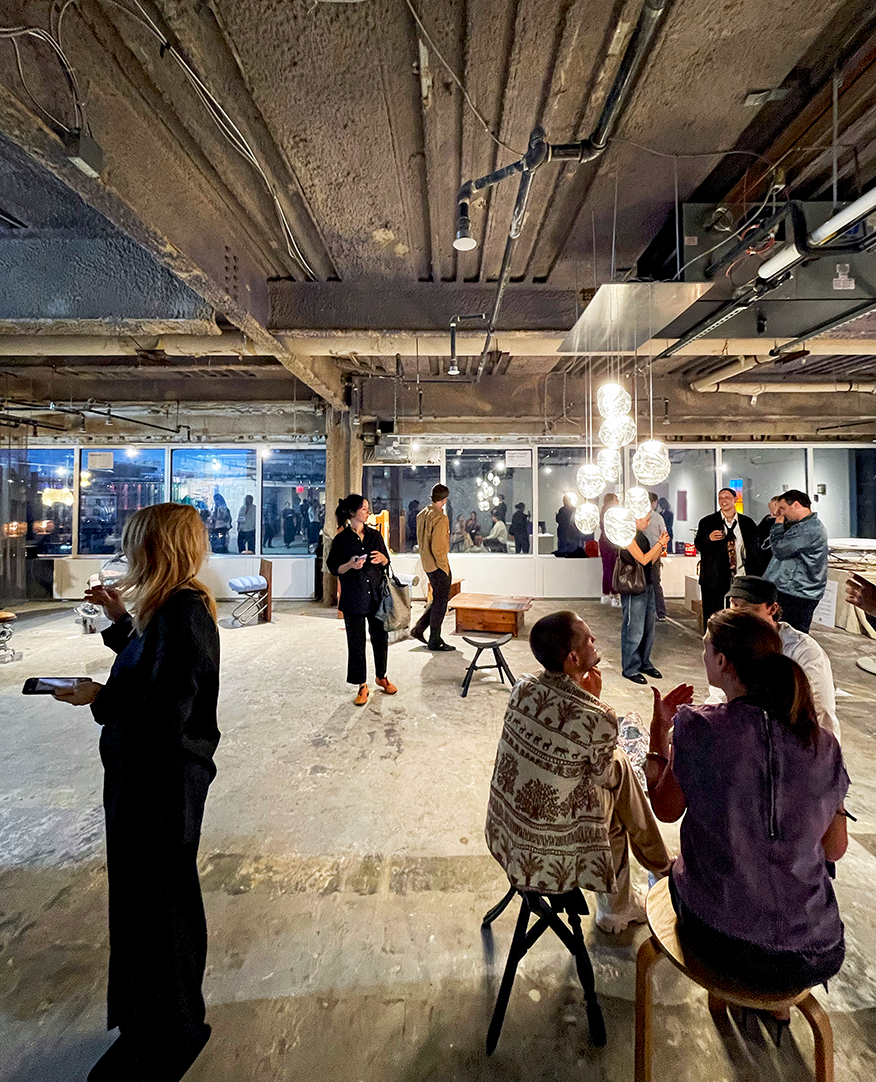
Glass. Leather. Marble. Wood. Textile. Crystal. Various materials designed and shaped in various ways. Unlike artworks in a museum, the objects on view were there to be touched for texture, stability, and density. Design often demands functionality, and visitors put these to the test.
Collectible dubs itself as “the fair for 21st century design”. It’s an abstract claim that’s difficult to prove or disprove. Certainly many of the designers and audiences were young, many I would venture to say came of age in the 21st century and whose designs reflect much of 21st century lifestyles, trends, and tastes. There were, for example, an abundance of objects created with the use of 3D printing or 3D modeling, a few examples of smart lighting, and some designs centered on sustainability and recycled materials. Though perhaps what feels most in line with the 21st century is the somewhat contradictory ethos of “collectible design for all”. Prized luxury objects may have historically been limited to the elite, but affluent (or aspiring to be affluent) consumers of today still want a touch of the rare and unique (consider the uptick in vintage and thrift stores, for example, or even the short-lived mania over NFTs). It’s not surprising then that “collectibility” in and of itself becomes a major selling point, in some cases the only point, in the contemporary age.
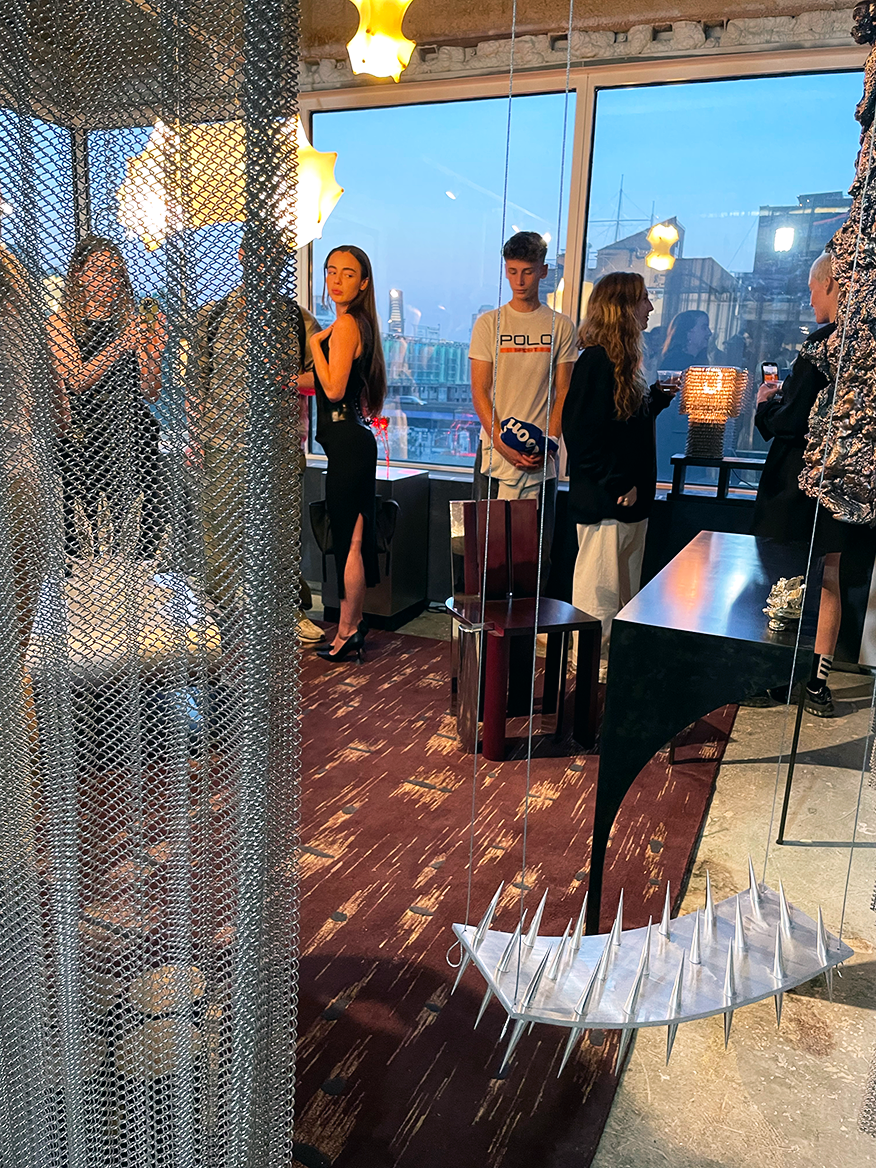
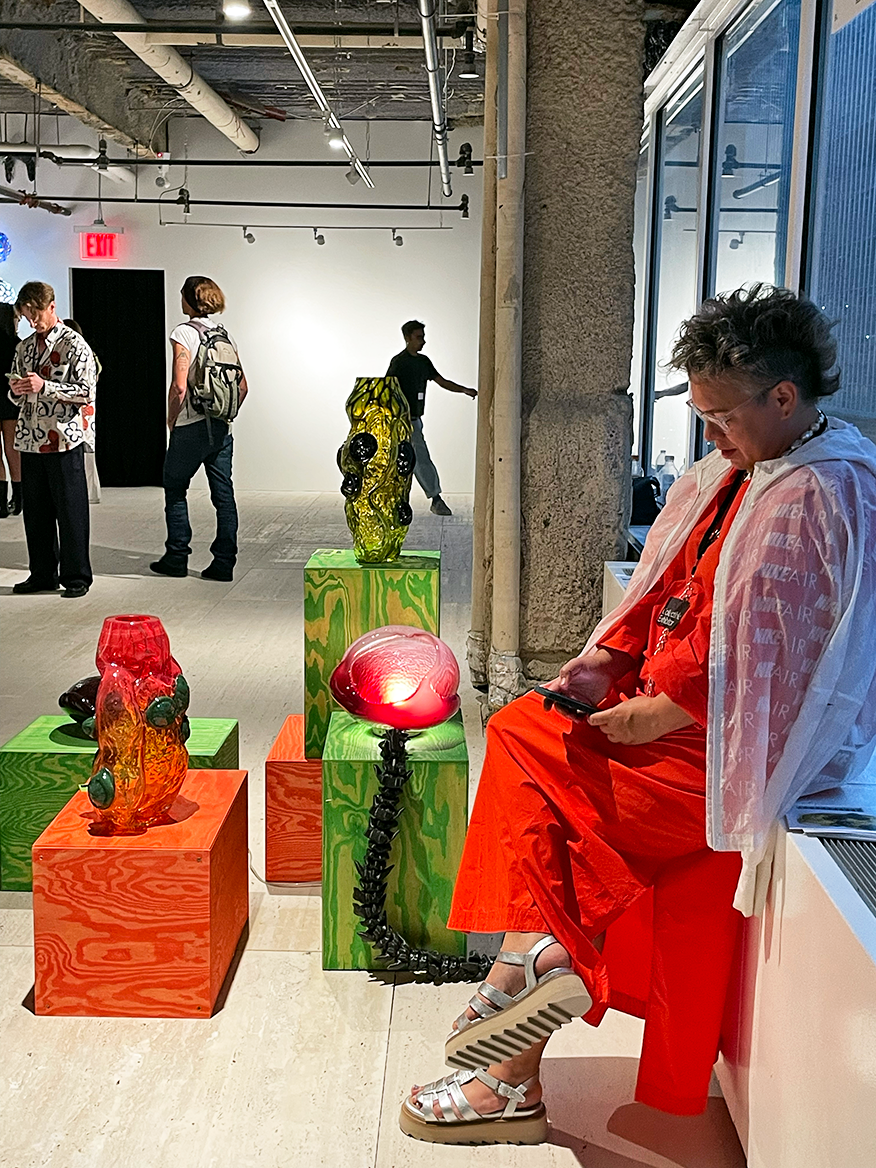
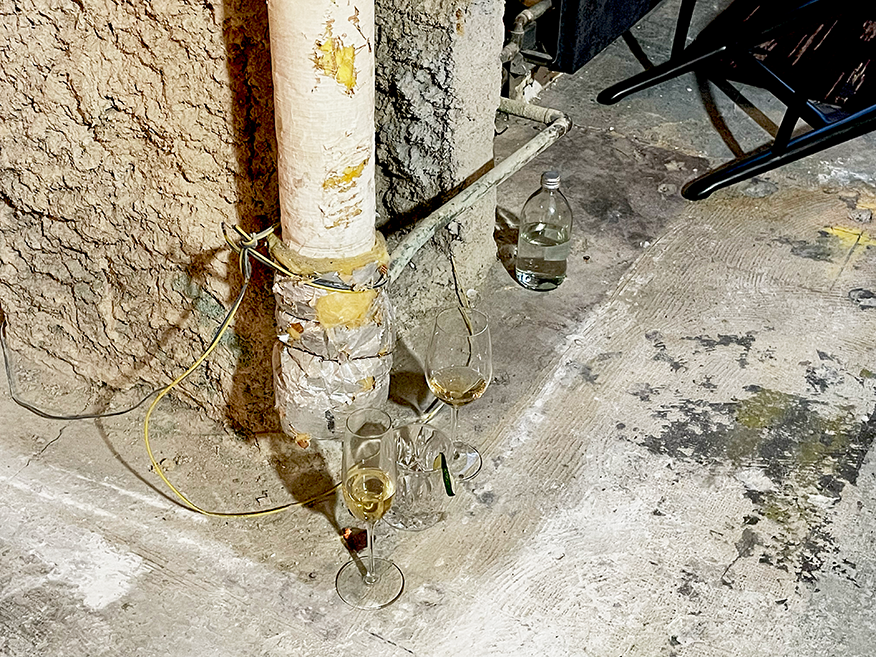

Ultimately, the success of Collectible will be measured by its long-term impact on the city’s design ecosystem. Will it inspire more cross-pollination between disciplines of art, design, and technology? Could it lead to more funding and support for design education in New York? As the dust settles on this first edition, these questions linger.

